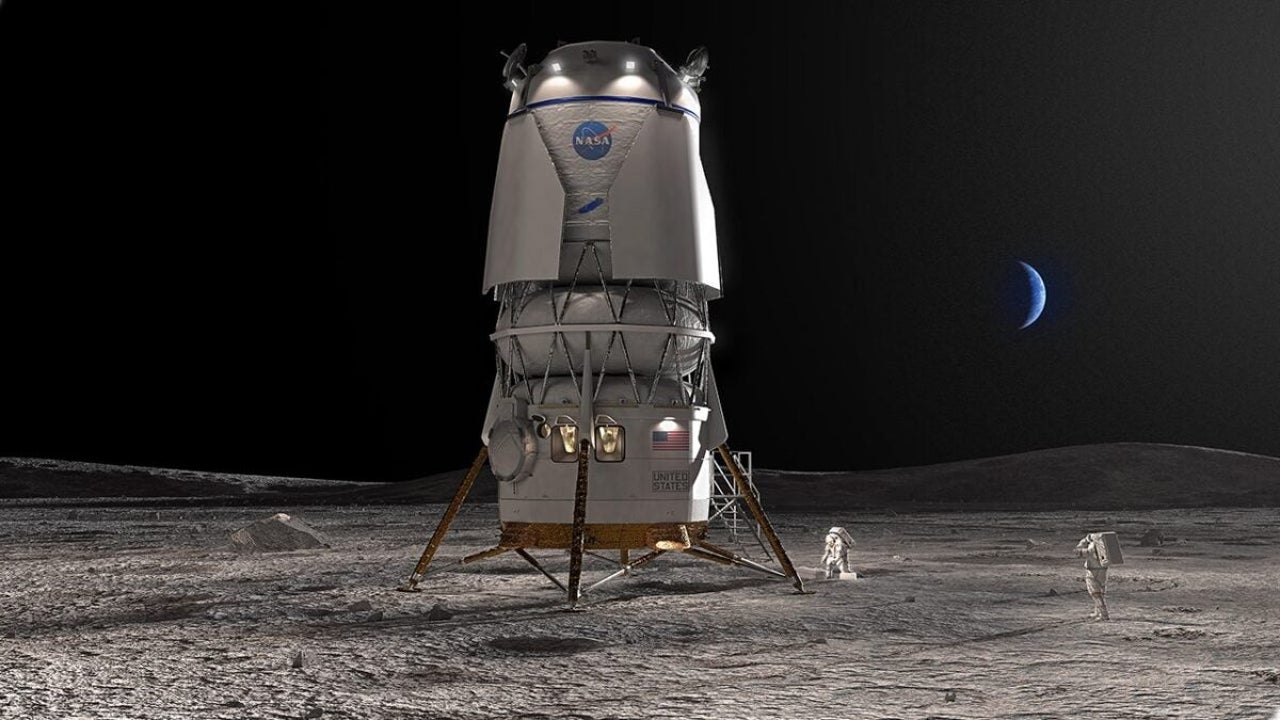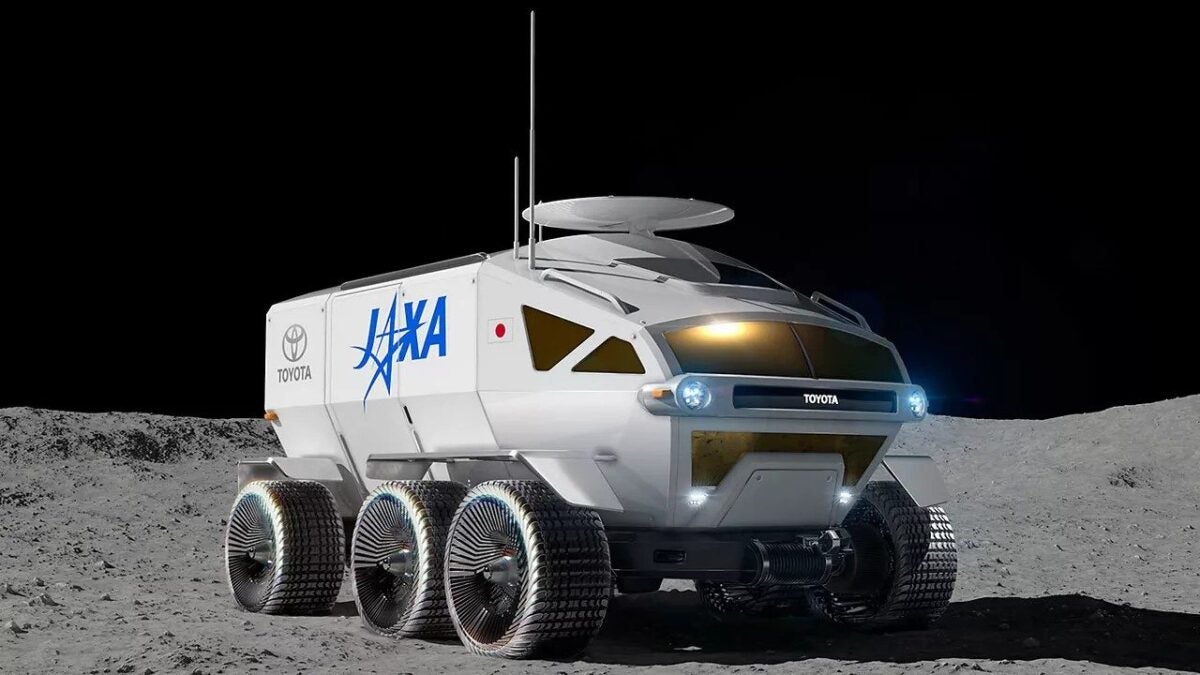News
NASA expands its collaboration with SpaceX and Blue Origin for human presence on the Moon
The space agency paves the way for future exploration of the Moon... and Mars

- November 21, 2024
- Updated: November 24, 2024 at 10:41 AM
NASA has announced an extension of its contracts with SpaceX and Blue Origin to develop specialized lunar cargo landers for the Artemis missions. These initiatives aim to strengthen humanity’s long-term presence on the Moon and include the delivery of a habitat and a pressurized rover in future missions. According to Stephen D. Creech from the Moon to Mars office, “having two lunar lander providers with different approaches ensures flexibility and a regular cadence of landings for continuous scientific discovery.”

Subscribe to the Softonic newsletter and get the latest in tech, gaming, entertainment and deals right in your inbox.
Subscribe (it's FREE) ►Both companies will carry out demonstration missions after passing the design certification reviews of the cargo variants of human landing systems, requested in 2023 and designed for the Artemis III, IV, and V missions. The Artemis program, which aims to return to the Moon after more than 50 years, has the ultimate goal of paving the way for Mars exploration. This effort combines technologies such as the Space Launch System rocket, the Orion spacecraft, and lunar space stations.
SpaceX continues to develop its Starship spacecraft, crucial for taking astronauts and cargo to the lunar surface. On Tuesday, it successfully completed the sixth flight test of the spacecraft, which will also be used to transport a pressurized rover developed by the Japan Aerospace Exploration Agency (JAXA) starting in 2032. This rover will be essential for missions like Artemis VII and beyond.

For its part, Blue Origin, which is preparing another space tourism launch for this Friday, will deliver a lunar habitat starting in 2033. NASA assigned these missions based on the design and development progress of the cargo and crew systems. Lisa Watson-Morgan, from the Marshall Center, explained that these demonstrations aim to “optimize the technical experience and resources of NASA and the industry.”
A series of alliances aimed at establishing a sustainable human presence on the Moon and paving the way for future deep exploration missions, while consolidating the goal of turning the Moon into a “stepping stone” to Mars.
Publicist and audiovisual producer in love with social networks. I spend more time thinking about which videogames I will play than playing them.
Latest from Pedro Domínguez
- Google renews Circle to Search: new interface and improved access to features
- A Chinese laboratory has developed a reasoning AI model capable of competing with OpenAI
- This new Gmail feature will allow you to protect your identity and fight against spam
- You will be able to speak in foreign languages during your Microsoft Teams meetings thanks to AI
You may also like

Mac hacked? Unlikely, but this is how we can check it
Read more

Adobe Express: discover its new features
Read more

Lorcana takes us on a journey through the Azurite Sea in its new expansion with a collection that aims to balance the game
Read more

How to add effects to our photos on the iPhone without third-party apps
Read more

Editing video is no longer a problem thanks to the simple and powerful Adobe Premiere Rush
Read more

While the second season of Arcane is incredible, we have bad news from Netflix
Read more